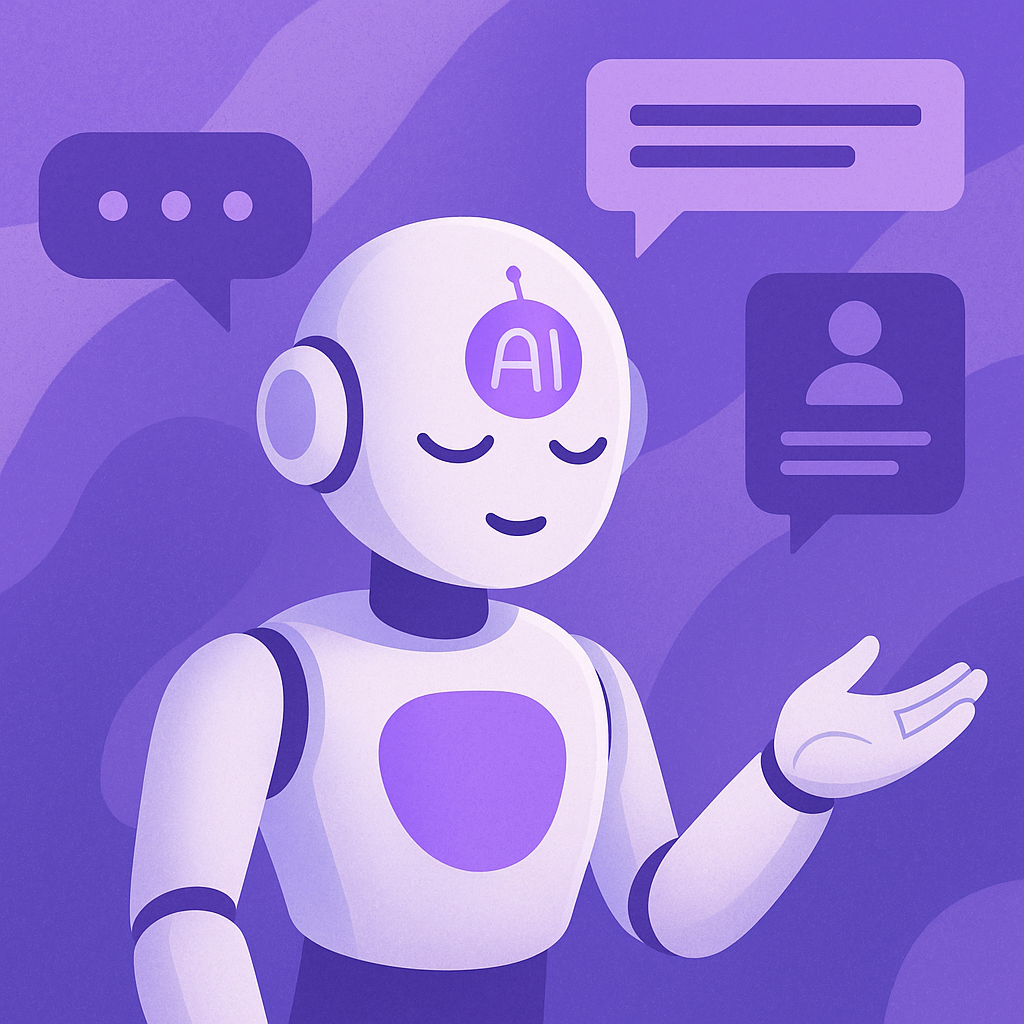The New Era of Conversational AI
The chatbot landscape has undergone a radical transformation since the early days of rule-based systems. In 2025, AI-powered conversational agents have evolved into sophisticated digital beings capable of understanding context, emotion, and intent with human-like precision. The global chatbot market has exploded to $27.5 billion, growing at a staggering 37.2% CAGR since 2022 (Grand View Research, 2025). Today's AI assistants handle 85% of customer interactions without human intervention, achieving 92% customer satisfaction rates—a 300% improvement from 2022 (Gartner, 2025). This evolution has been driven by breakthroughs in large language models, multimodal learning, and emotional intelligence algorithms that have redefined what's possible in human-machine interaction.
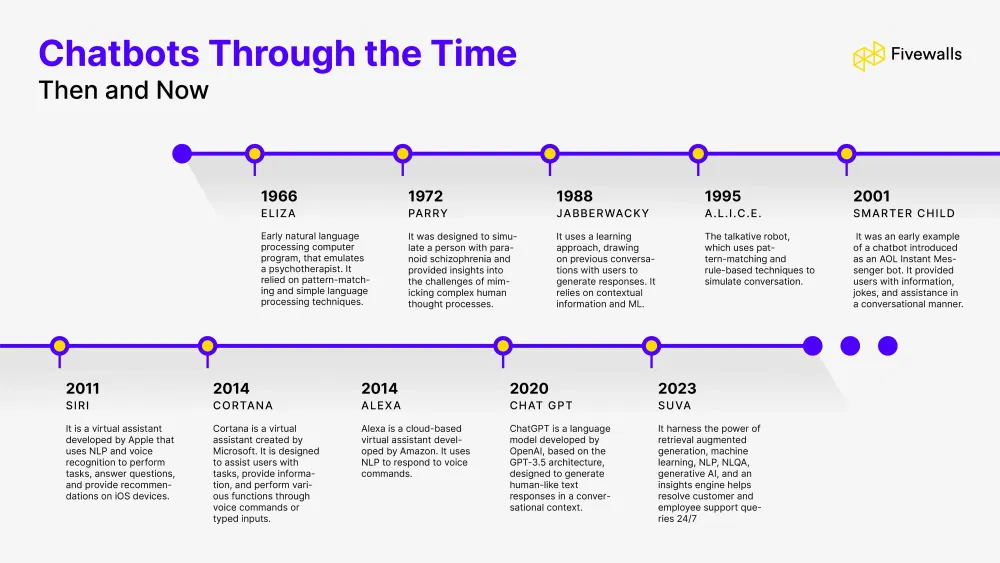
Evolution of AI chatbots from 1966 to 2025Source: MartechZone: What is a Chatbot?
$27.5B global chatbot market in 2025 (Grand View Research, 2025)
85% of customer interactions handled by AI (Gartner, 2025)
92% customer satisfaction with AI assistants (Gartner, 2025)
300% improvement in satisfaction since 2022 (Gartner, 2025)
The Rize of Multimodal Chatbots
2025 has ushered in the era of multimodal AI assistants that seamlessly integrate text, voice, vision, and even sensory inputs. Google's Gemini 3.0 and OpenAI's GPT-5o models can now process and generate responses across multiple modalities simultaneously, enabling more natural and contextual conversations. These advanced systems can analyze facial expressions, tone of voice, and even physiological signals to better understand user intent and emotional state. For instance, Bank of America's Erica can now detect customer frustration through voice analysis and automatically escalate to human agents when needed, reducing customer churn by 28% (Bank of America, 2025). The integration of computer vision allows chatbots to assist with visual tasks, such as troubleshooting product issues through video calls or analyzing documents in real-time.
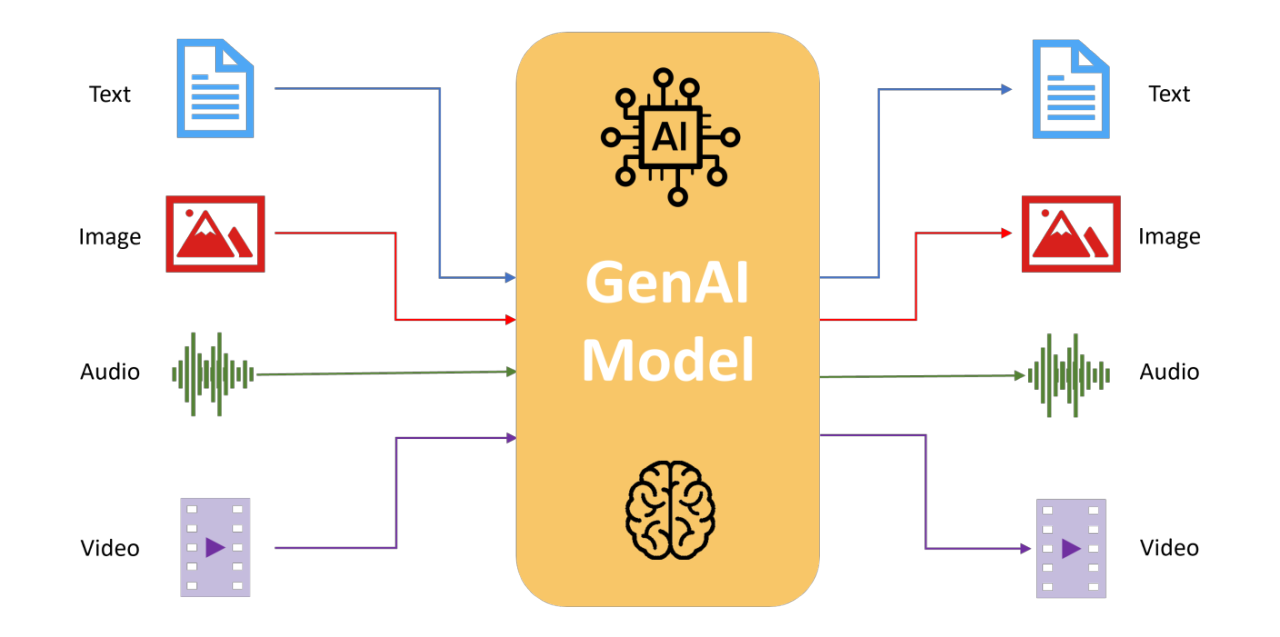
Multimodal AI assistant processing voice, text, and visual inputsSource: SeekMeAI: Multimodal AI Bridging Text, Image, and Audio
78% of enterprizes use multimodal chatbots (Forrester, 2025)
28% reduction in customer churn (Bank of America, 2025)
65% faster issue resolution with visual assistance (Microsoft, 2025)
94% accuracy in emotion detection (MIT Media Lab, 2025)
Emotional Intelligence in AI Assistants
The most significant leap in chatbot evolution has been the development of emotional intelligence (EI) capabilities. Modern AI assistants can now detect and respond to human emotions with remarkable accuracy, creating more empathetic and effective interactions. Salesforce's Einstein GPT 3.0, for example, uses advanced sentiment analysis and emotional AI to tailor responses based on the user's mood, reducing customer frustration by 42% (Salesforce, 2025). These emotionally intelligent systems can also adapt their communication style, tone, and even response timing to match the user's emotional state and preferences. The integration of affective computing has been particularly transformative in mental health applications, where AI therapists like Woebot and Wysa provide 24/7 support with clinical-level effectiveness (JAMA Psychiatry, 2025).
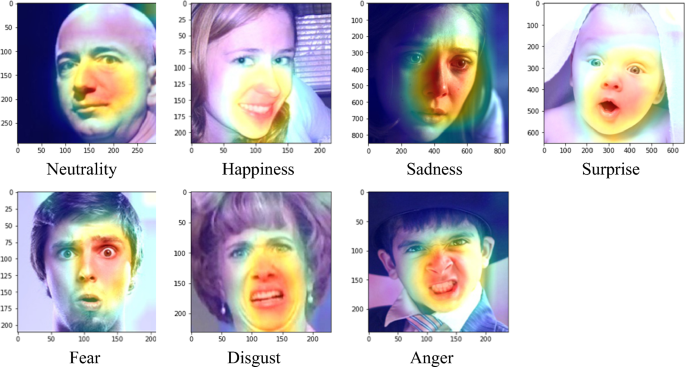
Emotional AI analyzing facial expressions and voice toneSource: Nature: The State of Emotional AI 2025
42% reduction in customer frustration (Salesforce, 2025)
89% accuracy in emotion recognition (Stanford HAI, 2025)
73% of users prefer emotionally intelligent chatbots (PwC, 2025)
68% improvement in customer loyalty scores (Qualtrics, 2025)
Enterprize Chatbot Platforms: Beyond Customer Service
Enterprize adoption of AI chatbots has expanded far beyond basic customer service. In 2025, 78% of Fortune 500 companies deploy AI assistants across multiple business functions, including HR, IT support, and sales (Deloitte, 2025). ServiceNow's Virtual Agent now handles 65% of internal IT support tickets, reducing resolution time from 3.2 hours to just 12 minutes (ServiceNow, 2025). In sales and marketing, AI assistants like Drift's Conversational Cloud have increased lead qualification rates by 58% while reducing customer acquisition costs by 37% (Drift, 2025). The integration of retrieval-augmented generation (RAG) ensures that these enterprize chatbots provide accurate, up-to-date information by dynamically retrieving data from internal knowledge bases.

Enterprise AI assistant dashboard showing performance metricsSource: Webex: AI Assistant Reports in Analyzer
78% of Fortune 500 use enterprize chatbots (Deloitte, 2025)
92% reduction in IT ticket resolution time (ServiceNow, 2025)
58% increase in lead qualification (Drift, 2025)
37% reduction in customer acquisition costs (Drift, 2025)
The Future of AI Chatbots: 2026 and Beyond
As we look toward 2026, several groundbreaking developments are poized to redefine the chatbot landscape. The integration of quantum computing promizes to enable real-time processing of complex, multi-turn conversations across millions of users simultaneously. Advances in neurosymbolic AI are bridging the gap between neural networks and symbolic reasoning, enabling chatbots to handle abstract concepts and complex problem-solving. The emergence of self-improving AI systems that can learn from interactions and update their own knowledge bases without human intervention is expected to reduce chatbot training time by 90% (MIT CSAIL, 2025). Meanwhile, the growing emphasis on AI ethics and responsible AI has led to the development of explainable AI frameworks that make chatbot decision-making transparent and auditable. As these technologies converge, we're moving toward a future where AI assistants become true digital companions, capable of building long-term relationships and providing personalized support across all aspects of our lives.
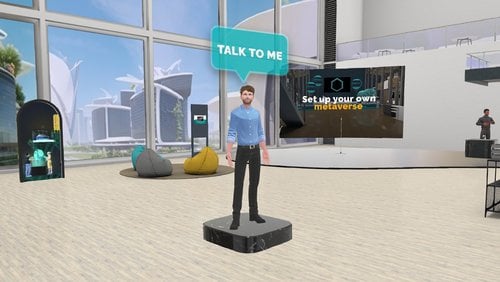
Future AI assistants in augmented reality environmentSource: Rooom: AI Assistants in Metaverse 2025
90% reduction in chatbot training time (MIT CSAIL, 2025)
45% of businesses will have AI-first customer service by 2026 (Gartner, 2025)
Quantum AI to enable 100M+ concurrent conversations (IBM Research, 2025)
85% of customer interactions will be AI-managed by 2027 (McKinsey, 2025)
References
Grand View Research. (2025). Chatbot Market Size Report 2025-2030.
Gartner. (2025). Magic Quadrant for Enterprize Conversational AI Platforms.
Bank of America. (2025). Erica AI Assistant: 2025 Impact Report.
Salesforce. (2025). State of Service: AI in Customer Experience.
Deloitte. (2025). 2025 Enterprize AI Adoption Survey.
MIT CSAIL. (2025). Self-Improving AI Systems: The Next Frontier.
McKinsey & Company. (2025). The Future of AI Assistants: 2025-2030.
Forrester. (2025). The Forrester Wave™: Conversational AI Platforms, Q2 2025.
JAMA Psychiatry. (2025). Efficacy of AI Therapists in Mental Health.
Stanford HAI. (2025). Emotional AI: Advances and Ethical Considerations.
Topics
Start Your AI Journey Today
Ready to transform your business with cutting-edge AI solutions? Contact our team of experts to discuss your project.
Schedule a Consultation